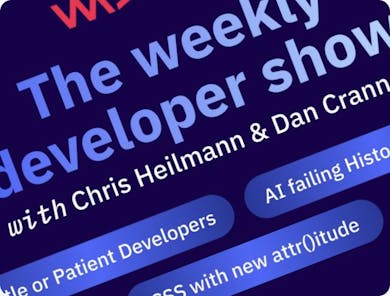Julian Richter
Trunk-Based Development at Scale: Real-World Insights from a High-Traffic Luxury E-Commerce Platform
#1about 2 minutes
Defining trunk-based development and straight to production
Trunk-based development is a branching model where developers commit small, frequent changes directly to a single main branch that deploys automatically.
#2about 2 minutes
Understanding the core principles of trunk-based development
Successful trunk-based development relies on small frequent commits, robust continuous integration, and feature toggles to hide incomplete work from users.
#3about 5 minutes
Shifting from a "my code" to an "our code" culture
Unlike feature branching which leads to merge conflicts and delayed feedback, trunk-based development fosters a collaborative culture through pair programming and real-time feedback.
#4about 1 minute
Calculating the high financial cost of production downtime
Breaking down yearly revenue to per-minute losses highlights the significant financial risk of pushing breaking changes to a high-traffic production environment.
#5about 2 minutes
Building a testing foundation with unit tests
The testing pyramid's base layer consists of fast, easy-to-write unit tests and static linting to catch issues early for every line of code.
#6about 2 minutes
Ensuring API and service stability with integration tests
The middle of the testing pyramid uses integration tests, contract tests for APIs, and load tests to prevent performance regressions and breaking changes between services.
#7about 4 minutes
Verifying the user interface with automated UI tests
The top of the testing pyramid includes visual regression tests to catch unintended style changes and end-to-end tests to validate critical user flows.
#8about 3 minutes
Integrating performance, accessibility, and security tests
A comprehensive testing strategy includes automated Lighthouse checks for performance and accessibility compliance, alongside periodic security and penetration testing.
#9about 2 minutes
A practical guide to adopting trunk-based development
Teams can transition to trunk-based development by auditing branch lifetimes, enforcing smaller pull requests, introducing feature flags, and fostering a strong review culture.
Related jobs
Jobs that call for the skills explored in this talk.
Featured Partners
Related Videos
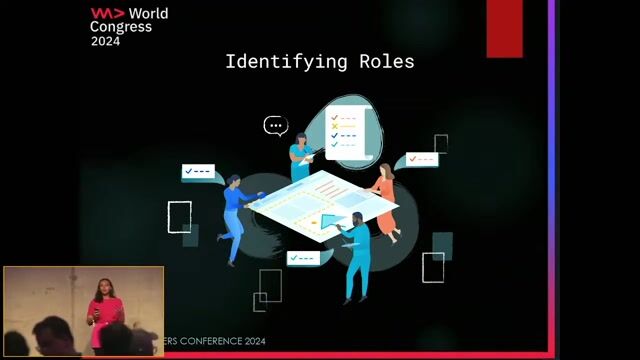 20:33
20:33Breaking the Bug Cycle: TDD for the Win
Nadeen Hussein
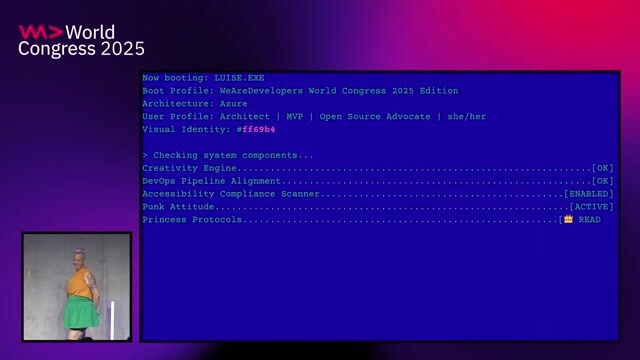 28:12
28:12Your Testing Strategy is broken - lets fix it!
Luise Freese
 23:33
23:33Accessibility Test Driven Development
Maria Korneeva
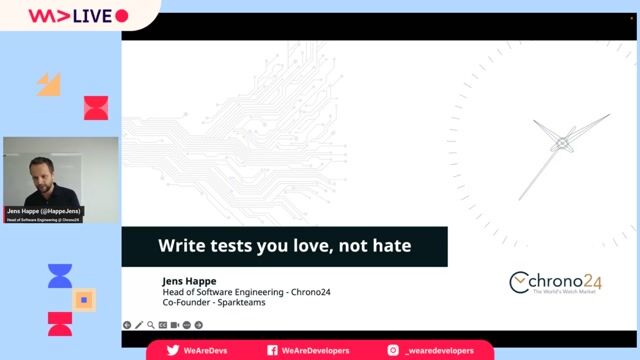 56:49
56:49Write tests you love, not hate
Jens Happe
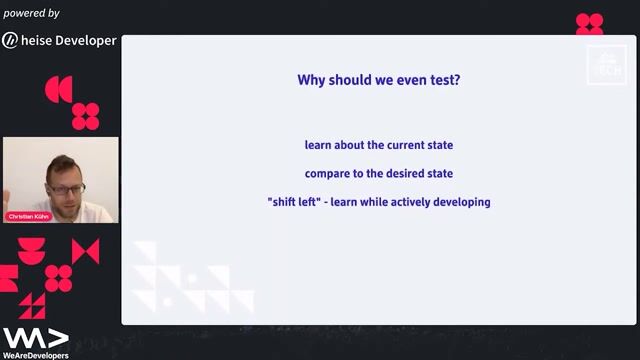 47:22
47:22Continuous testing - run automated tests for every change!
Christian Kühn
 25:36
25:36Test-Driven Development: It's easier than you think!
Eric Deandrea
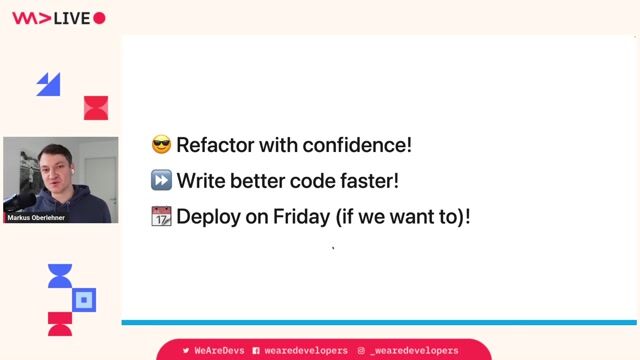 58:26
58:26TDD for Vue.js Developers
Markus Oberlehner
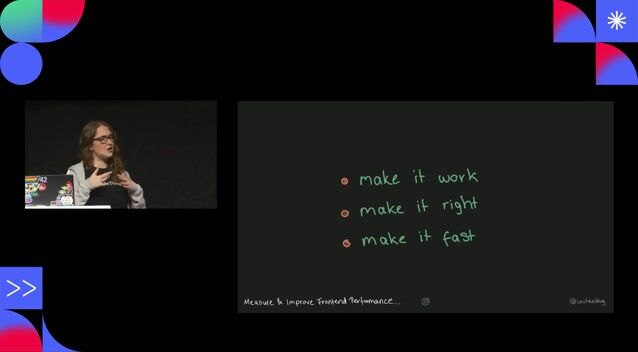 25:38
25:38Measure and improve frontend performance by using test automation
Ramona Schwering
From learning to earning
Jobs that call for the skills explored in this talk.
Node.js/Playwright Engineer - Testdriver Development
TechBiz Global GmbH
Canton of Montpellier-3, France
Remote
REST
Docker
Node.js
JavaScript
+1
Node.js/Playwright Engineer - Testdriver Development
TechBiz Global GmbH
Paris, France
Remote
REST
Docker
Node.js
JavaScript
+1
Node.js/Playwright Engineer - Testdriver Development
TechBiz Global GmbH
Canton of Bordeaux-2, France
Remote
REST
Docker
Node.js
JavaScript
+1
Node.js/Playwright Engineer - Testdriver Development
TechBiz Global GmbH
Canton de Grenoble-2, France
Remote
REST
Docker
Node.js
JavaScript
+1
Node.js/Playwright Engineer - Testdriver Development
TechBiz Global GmbH
Lyon, France
Remote
REST
Docker
Node.js
JavaScript
+1
Node.js/Playwright Engineer - Testdriver Development
TechBiz Global GmbH
Canton de Lille-5, France
Remote
REST
Docker
Node.js
JavaScript
+1
Node.js/Playwright Engineer - Testdriver Development
TechBiz Global GmbH
Quedlinburg, Germany
Remote
REST
Docker
Node.js
JavaScript
+1
Node.js/Playwright Engineer - Testdriver Development
TechBiz Global GmbH
Schwerin, Germany
Remote
REST
Docker
Node.js
JavaScript
+1


